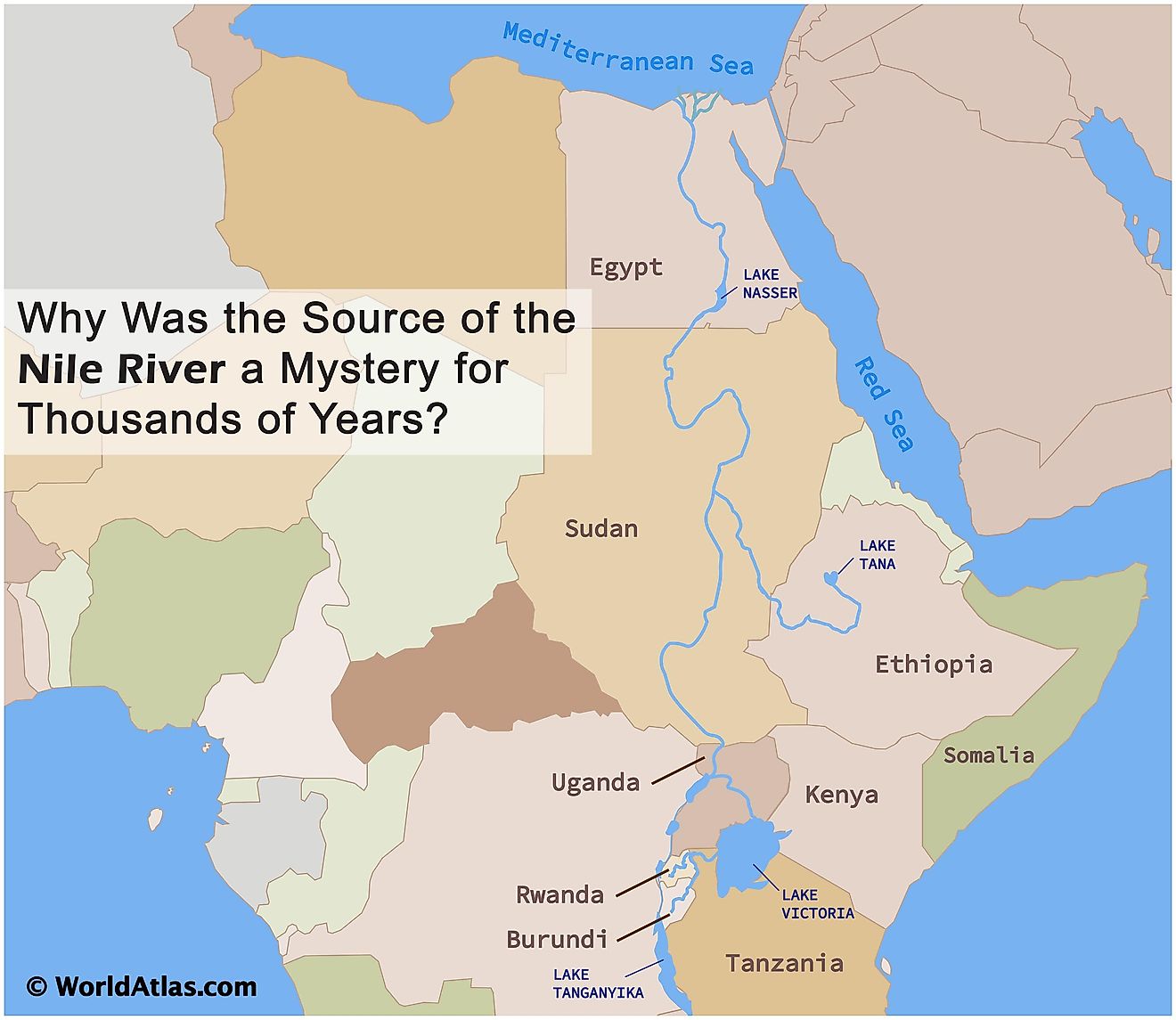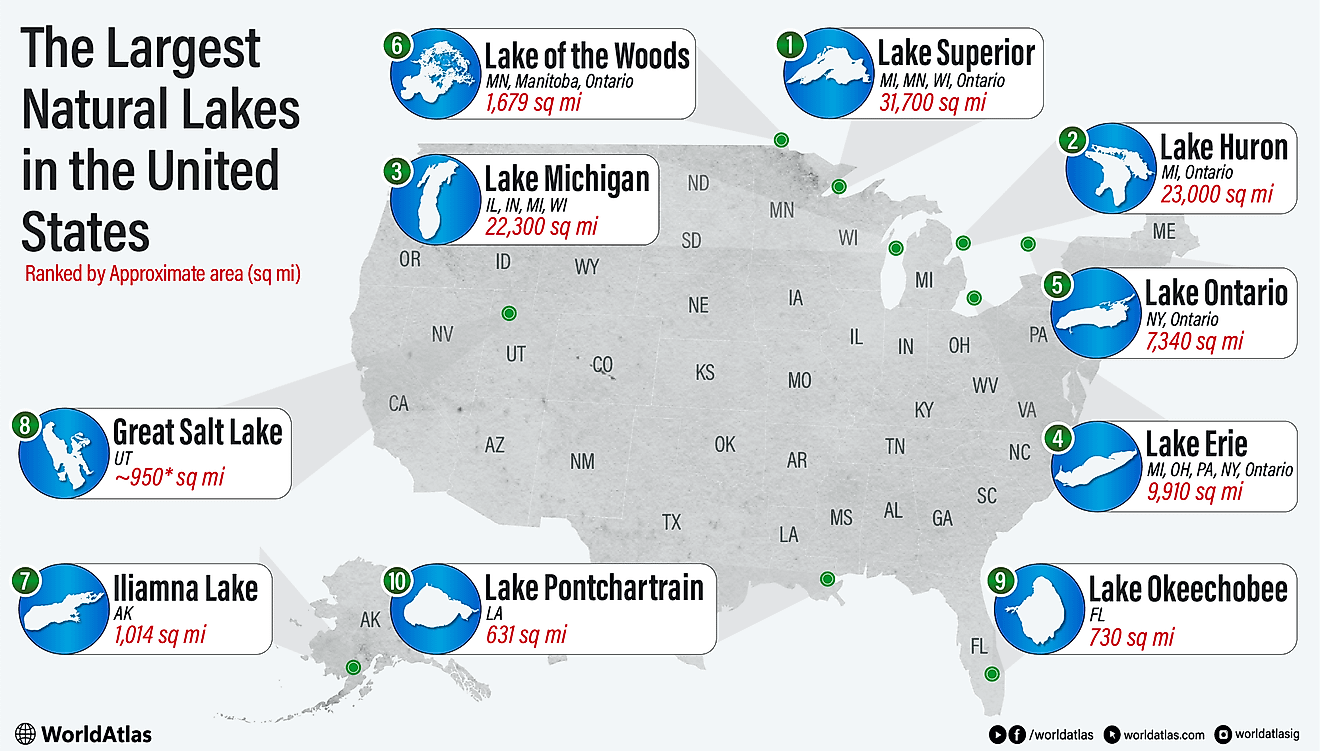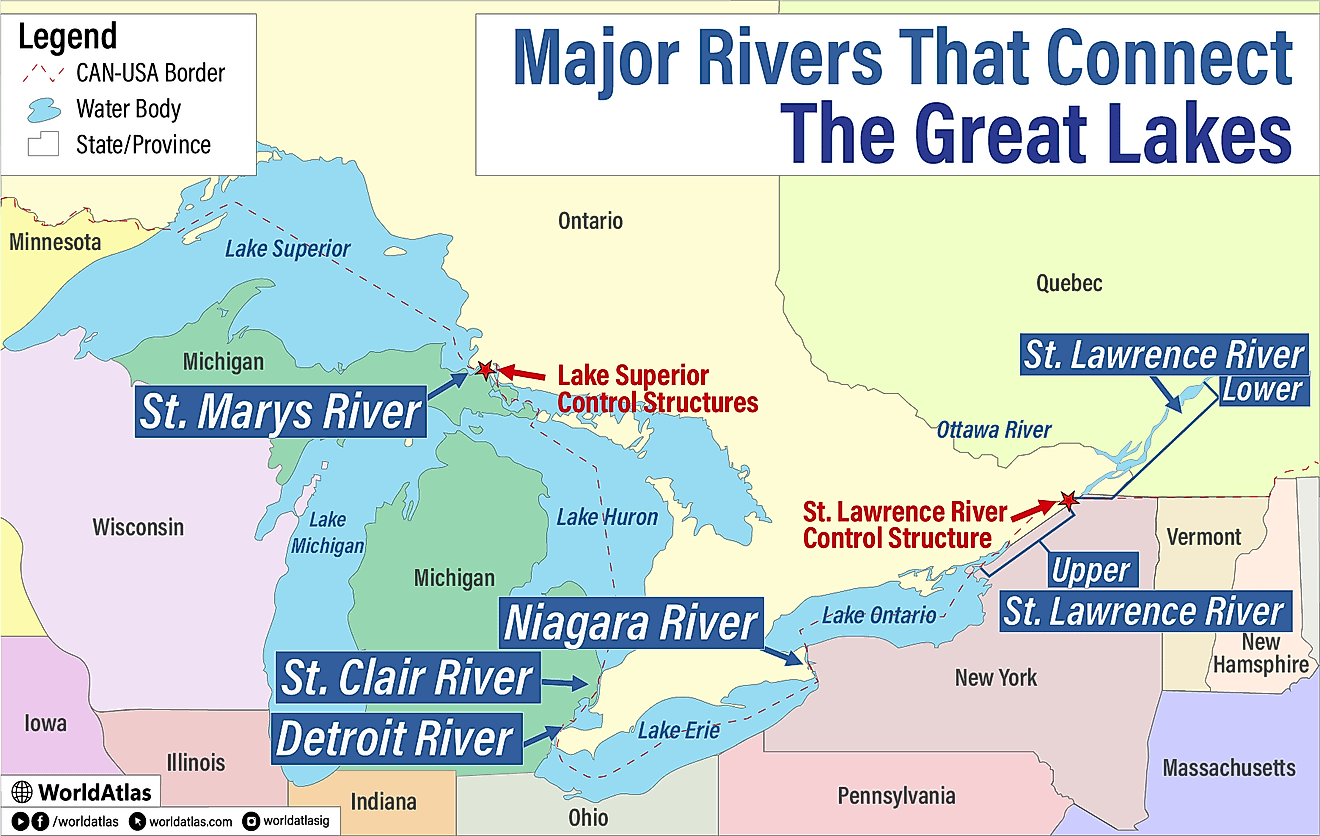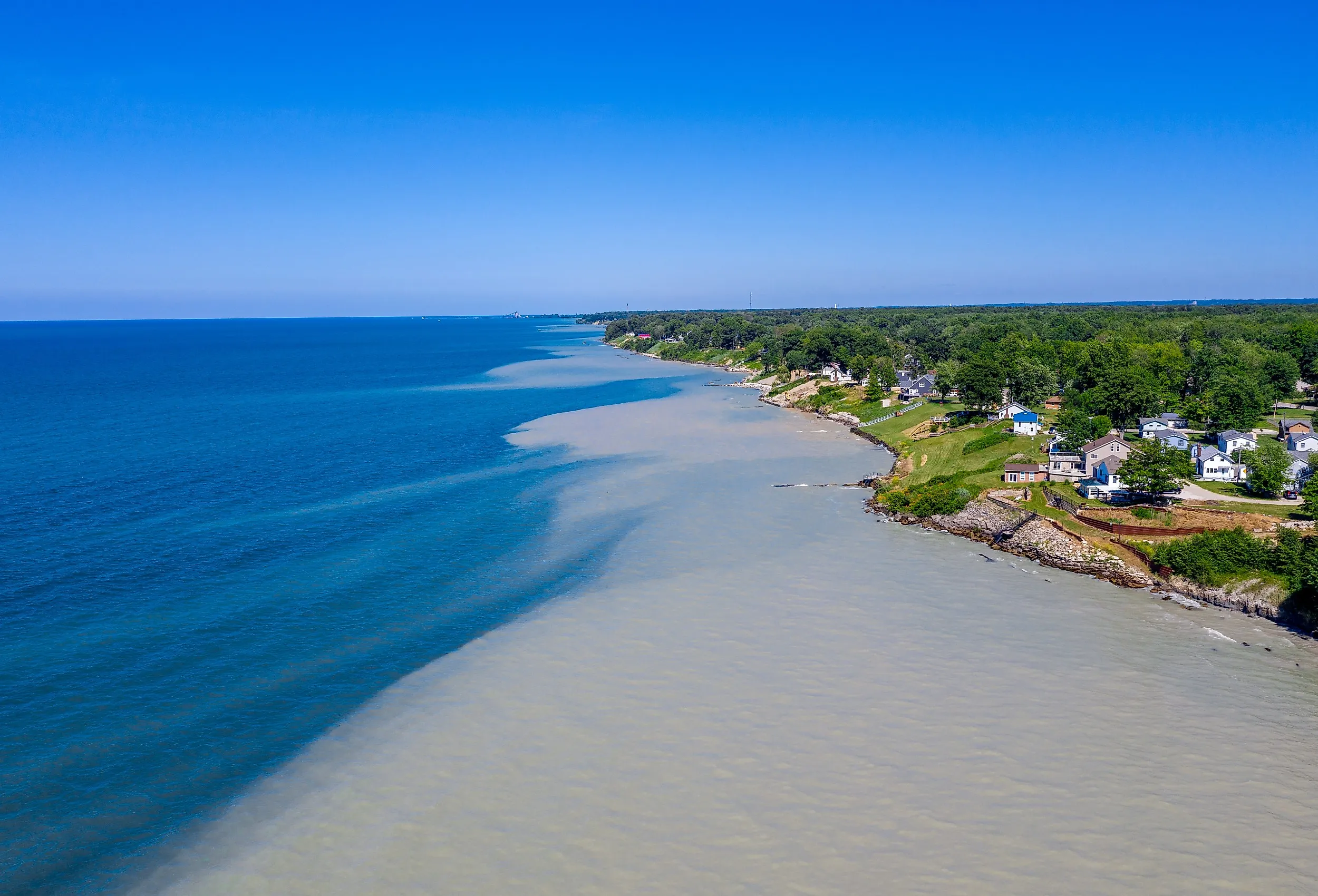
The Link Between Earthquakes and Lakes
When you stop to imagine an earthquake, your mind may conjure up broken buildings and devastated streets, such as the setting of a disaster movie. Something that doesn't immediately come to mind, however, is how earthquakes may affect freshwater lakes—or, conversely, how the tremendous weight and shifting of water in lakes may cause earthquakes. Recent research within the Great Lakes is rewriting this view. Seismologists studying patterns beneath Lake Erie are trying to determine whether fluctuations in lake levels—especially during periods of record-high water levels—can induce faint motion of the Earth's crust, potentially influencing the frequency and intensity of earthquakes. Dive under the surface and learn more about the link between earthquakes and lakes.
The Mechanics of Seismic Lake Disturbance
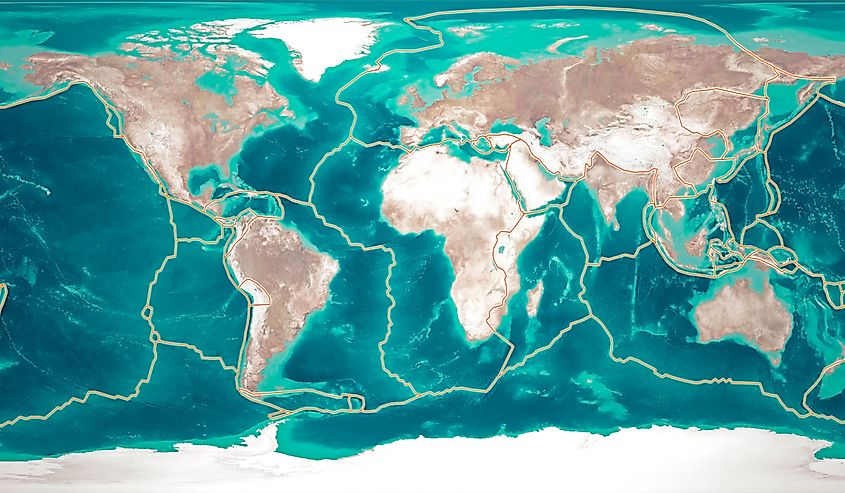
The link between lakes and earthquakes is an energy transfer story. When tectonic plates shift or faults fracture, they accumulate enormous amounts of energy that radiate outwards in the form of seismic waves. These waves don't simply perturb the solid ground—they also travel with ease through water and can move as fast as 1,500 meters per second. When seismic waves pass over a lake basin, they cause pressure variations and vertical acceleration that disturb every layer of a stratified lake, including causing underwater landslides or water displacement that might cause tsunamis-like effects on shoreline communities.
Seiches: The Lake's Response to Shaking
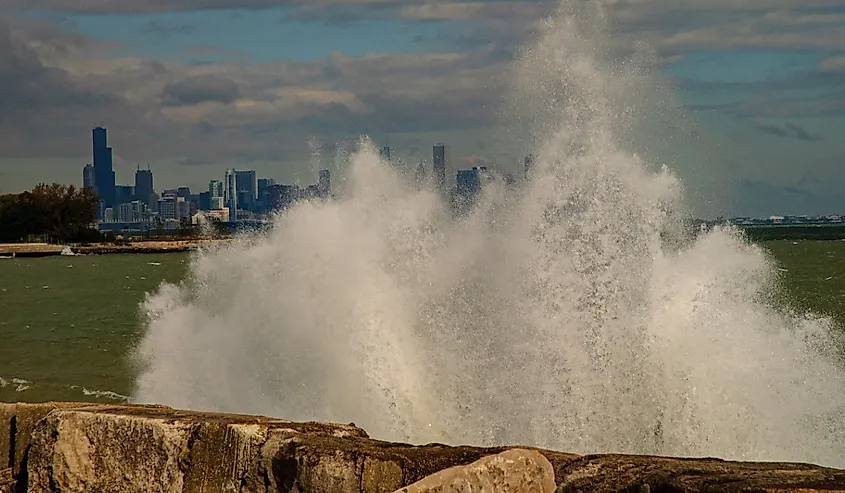
Perhaps the most typical lake effects from earthquakes are the production of seiches—standing waves that slosh back and forth over a lake basin, much like water in a bathtub. While wind will also produce seiches, earthquake-produced ones are particularly large and dangerous.
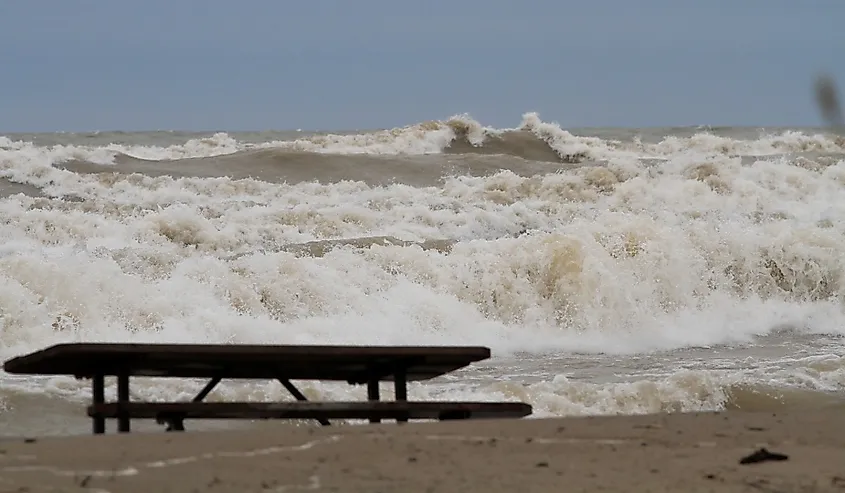
The 1964 Alaskan earthquake, with a magnitude of 9.2, produced seiches in hundreds of North American reservoirs and lakes, with the farthest reported water level changes on the Gulf Coast. In some bodies of water thousands of miles from the earthquake's epicenter, changes exceeding six feet took place.
Water Level Fluctuations and Groundwater Interconnection
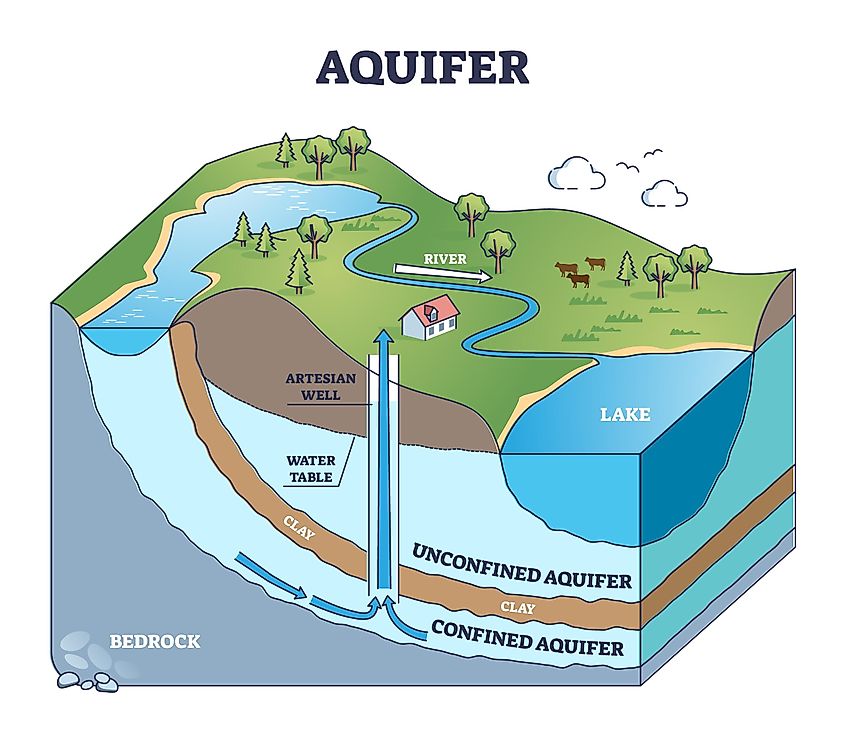
Apart from surface waves, earthquakes have been found to cause permanent or temporary alterations in lake levels by affecting the underlying geology. In some cases, extreme water level fluctuations have been observed following an earthquake when the aquifer connected to the system is directly affected. Decompression of the bedrock can increase the flow rate of a natural spring, dramatically altering lake levels.
For example, after the 2016 Kaikōura earthquake in New Zealand, scientists from WSP documented a sustained increase in water volume feeding nearby lakes that lasted for months in a regulatory response study detailing the effects on water resources.
Ecological Disturbance and Water Quality

The ecological impacts of earthquakes on lakes extend far beyond physical movement. Seismic motion can trigger the release of sediment, nutrients, and heavy metals that have accumulated in the lakebed over decades.
After Chile's 2010 Maule earthquake, researchers Alberto de la Fuente and Carolina Meruane measured widespread algal blooms triggered by the release of nutrients, which made once-clear water briefly turbid and oxygen-poor. Similarly, if stratified layers in a lake are suddenly destabilized, oxygen concentrations plummet through the entire water column, endangering aquatic life.
The Great Lakes Connection: When Lakes Trigger Earthquakes
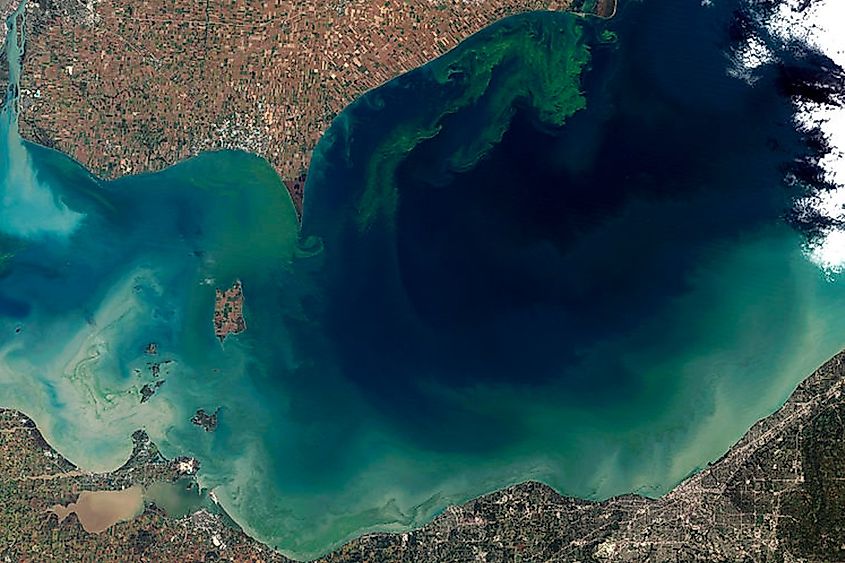
In the Great Lakes region, particularly in Lake Erie, scientists have begun to research a dramatic reversal of that phenomenon—how lakes themselves may influence seismic activity.
Ohio has experienced over 200 earthquakes since 1776, with most of them occurring in the vicinity of Lake Erie. Most are minor, but some others have been greater than magnitude 4.0, including the 1986 Lake Erie earthquake (magnitude 4.9) and the 2019 earthquake (magnitude 4.2) that triggered dozens of aftershocks.
According to a study led by University of Michigan scientist Yihe Huang, these events may be connected, at least partly, to water level fluctuations in lakes. The hypothesis is that as the water level in Lake Erie rises, the increased pressure and weight on the planet's crust may silently stress concealed fault lines buried deep beneath sedimentary rock.

In a peer-reviewed 2022 report entitled "Seismicity Around Southern Lake Erie during 2013-2020 in Relation to Lake Water Level" in Seismological Research Letters, Huang et al. cataloged over 400 small earthquakes. They matched them up against variations in the lake's water level, but the relationship is still under investigation.
Lake Erie's record-high water levels in 2019, for instance, overlapped with one of the region's largest earthquakes in decades. As climate change is forecast to raise lake levels by nearly 30 centimeters by 2050, scientists indicate that detecting this synergy will become increasingly critical.
The University of Michigan and the Ohio Department of Natural Resources are now deploying seismic monitoring systems—adding more sensors and using fiber-optic cables to sense subtle patterns of movement in Lake Ontario and Lake Erie. Joint research is a new frontier in geophysics: not merely how the Earth shapes our lakes, but how lakes may quietly shape the Earth.
Monitoring, Forecasting, and Risk Management
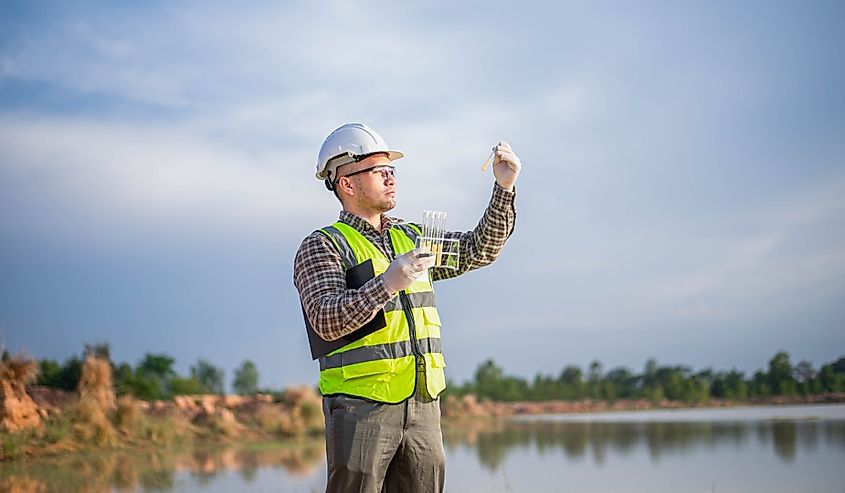
Greater awareness of the relationship between seismic activity and its effects on lake systems has created a greater need for better monitoring and early warning systems. Seiche monitoring units, pressure sensors, and GPS-tagged buoys now aid in monitoring water level changes that could signal imminent danger.
Standards for engineering design have also been modified: seismically active region dams and reservoirs must be designed to withstand tectonic stress and dynamic lake movement. Retrofit work continues to protect infrastructure from direct earthquakes and also secondary hydrologic shaking.
Why the Link Between Earthquakes and Lakes Matters
For populations who rely on lake systems in seismically active or hydrologically fluctuating regions, the connection between lakes and earthquakes is more than an intellectual curiosity—it is a matter of survival. Under the surface, tectonic fault lines respond to shifting pressures, groundwater channels open and close, and sediments record every vibration like the planet's hidden diary.
As researchers continue to study the Great Lakes, they are learning about how even small changes in water levels may influence seismic activity. Understanding more about these processes may make earthquake prediction and climate resilience techniques more effective. The dialogue between land and water is continuous, and every ripple contributes to the understanding of how lakes and earthquakes are interconnected.



